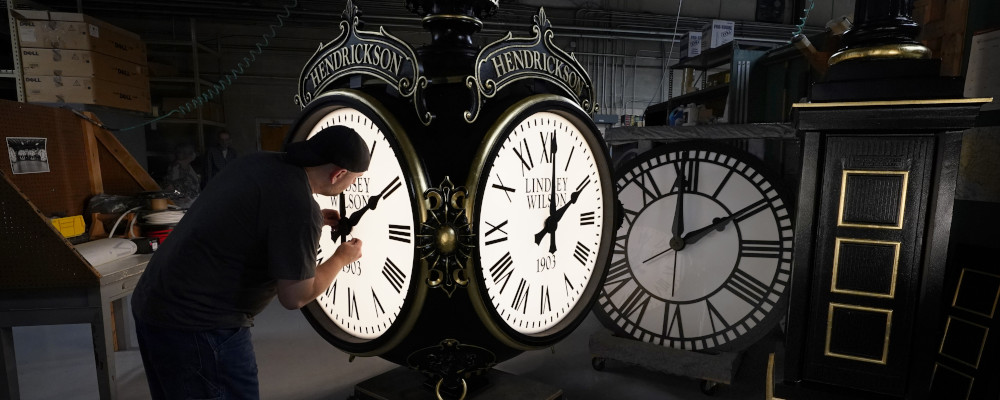Sigh. Here we go again.
On Sunday, November 5th the clocks will roll back in the proverbial “fall back” and we will be returned to standard time. Yes, we will gain an extra hour of sleep. But at what cost?
Our circadian rhythms will be thrown off balance. We’ll see an increase in car crashes, heart attacks, strokes, and accident-related injuries at work. Customer-facing businesses will see a decrease in economic activity.
When your alarm goes off, you won’t wake to daylight. Instead, you’ll be getting up in darkness, stumbling around your home trying to adjust old analog and digital clocks. And don’t get me started on changing the car clock…
It’s all rather dreary.
I wish I had better news for our Hub readers this Fall. When I wrote my last update on the fight to end the bi-annual time change back in March, I wrote that “hope may be on the horizon.”
As of that article, Ontario had passed the Time Amendment Act, my Bill which would bring Ontario into permanent Daylight Savings Time (DST) thereby ending the bi-annual time change and giving residents extra hours of daylight in the afternoon. However, we were in a holding pattern: my Bill requires coordination with Quebec and New York State. Unfortunately, the participation of New York State complicates this.
Nineteen U.S. states have enacted legislation to bring about permanent DST. New York is not yet one of them. In some hopeful news, this past year a Bill was introduced in the New York State Assembly, Bill A03535, which would aim to move them into permanent DST. However, it is currently held up at committee and hasn’t progressed to a vote.
But, like Ontario’s Bill, there’s a catch: the New York Bill will only take effect if Vermont, Massachusetts, Connecticut, New Jersey, and Pennsylvania pass similar legislation. In other words, our fate in Ontario is now tied up with six other states (plus Quebec, which also hasn’t progressed on this matter).
With 19 states wishing to move to permanent DST, one would be forgiven for feeling slightly optimistic. Surely with almost two-fifths of the states on board, consensus is getting closer? Unfortunately, there’s another condition at play. States that have passed legislation to adopt permanent DST cannot bring that legislation into force because of a pesky U.S. federal law, the Uniform Time Act, which controls what states can and cannot do about their time.
Last year, U.S. Senator Marco Rubio passed the bipartisan Sunshine Protection Act through the Senate, which would grant states this permission. As of writing, it is currently languishing in the House Committee on Energy & Commerce. Given the U.S. House of Representatives’ recent inability to elect a Speaker, I wouldn’t rate my level of optimism high, but there is some hope.

If you’re still keeping up with this complex web of conditions, congrats! I can barely keep up myself.
In summary: for us to get permanent DST in Ontario, we need Quebec and New York to do the same. For New York to get permanent DST, they need their five neighbouring states to also agree. For all six of those states to get permanent DST, they need Marco Rubio’s federal bill to be passed. Everyone is waiting on someone.
That’s why, for the next six months, I’m going to stick my hopes on the bipartisan Sunshine Protection Act. My hope is that if the U.S. can pass legislation allowing states to make their own choice, it will start a movement across the U.S. that could spill over into Canada.
The time is long since up on the time change. It’s time for some bold action.
Hub readers: if you want to see an end to the time change and have friends and family in the U.S., share this article with them! Ask them to contact their local representatives. In this age of increased polarization, I think that this issue can bring us all together.
Recommended for You

The Weekly Wrap: Reject racialism. Embrace meritocracy

The Week in Polling: Liberals and NDP tied for first time since 2015, Canadians twice as likely to feel worse off financially than better, and most Ukrainians want the war to end as soon as possible

Stephen Staley: Escaping the media echosystem

Ben Eisen and Jake Fuss: Somebody tell Justin Trudeau and Doug Ford that the Santa Claus model of tax policy doesn’t work



